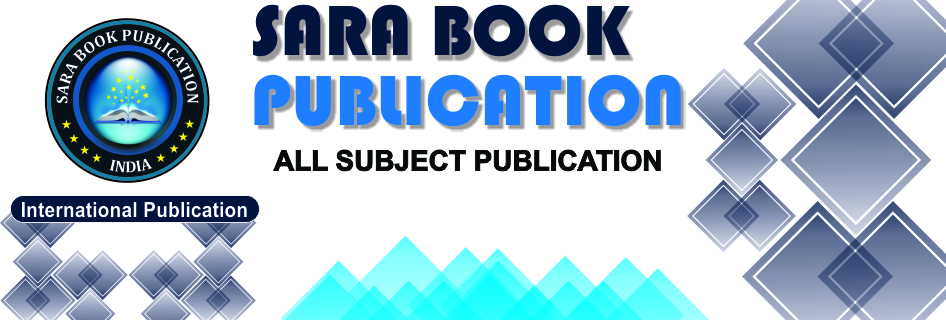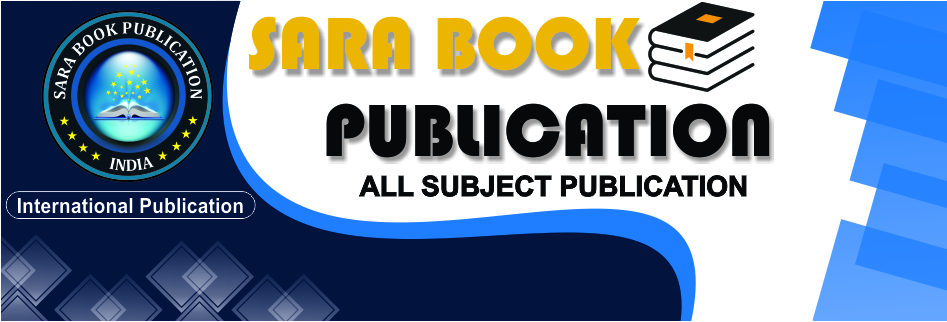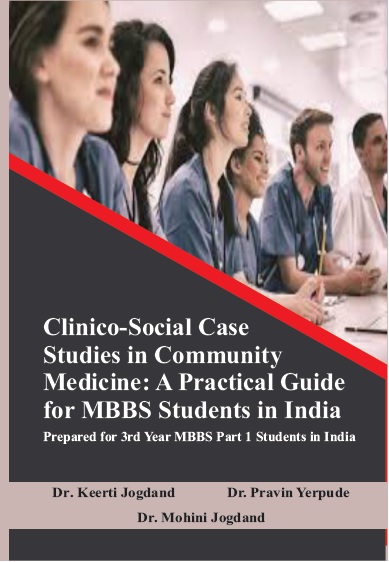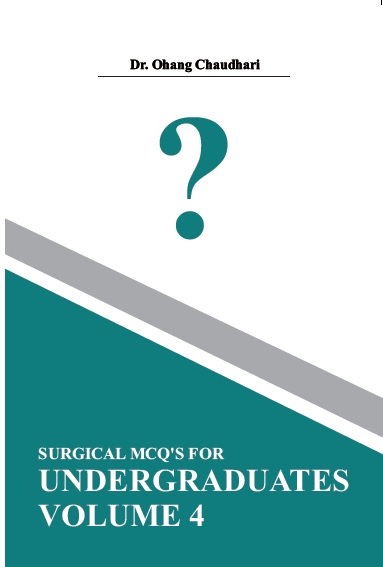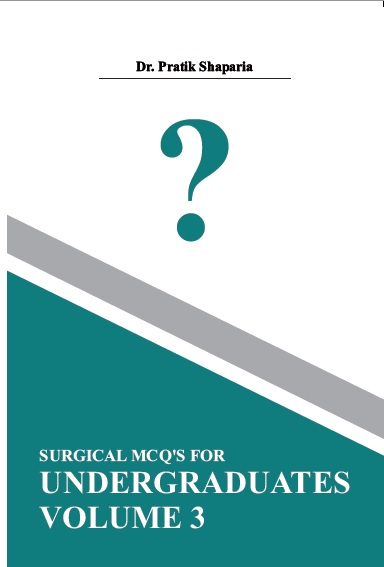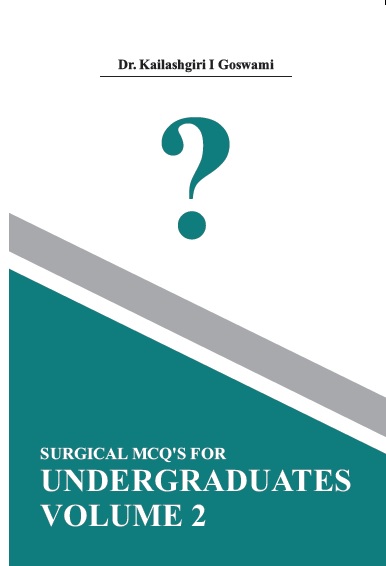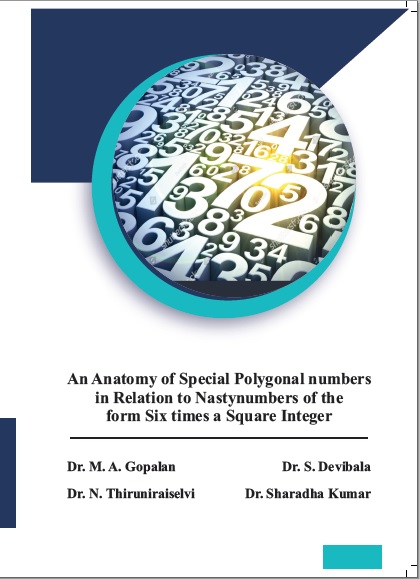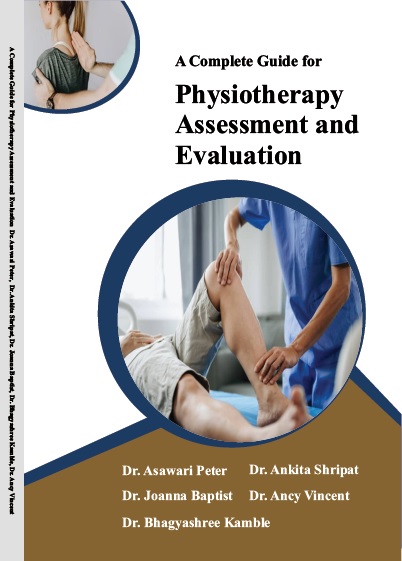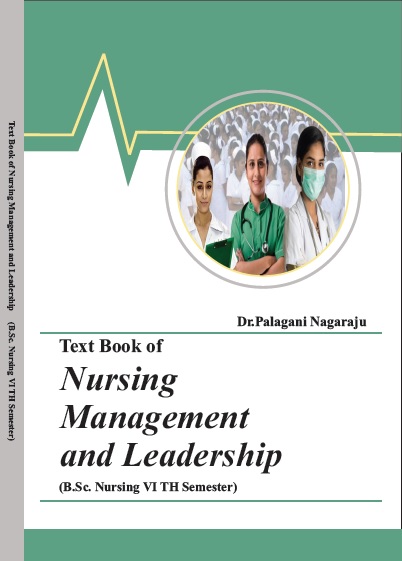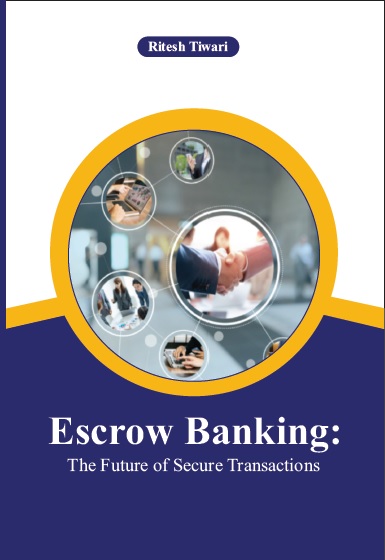SOCIAL SCIENCE AND HUMANITIES
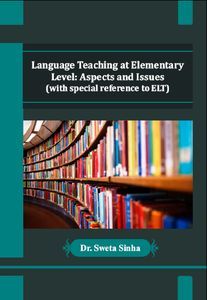
Language Teaching At Elementary Level: Aspects And Issues (with Special Reference To Elt)
by Dr. Sweta Sinha
ISBN Number : 978-1-63042-569-2
Authors Details
| Author Name | Image | About Author |
|---|---|---|
| Dr. Sweta Sinha |  |
Dr. Sweta Sinha has done her PhD (Linguistics) from Jawaharlal Nehru University (New Delhi). Her doctoral thesis dealt with the phonological description of a lesser known Indian language: Magahi. She has taught courses like Language in Society, Nature of Language, Language Acquisition in Children and Classroom Management in Centre for Linguistics, JNU and B.El.ED Department of Miranda House College (Delhi University). She has worked on projects by Deptt. of Information Technology.Using her teaching and research experience she has written numerous research papers on the various aspects of language education in children. Many of her papers are being translated into Hindi for greater readership. She is of the view that language lays the foundation for a countrys bright and prosperous future. Language education is an important and vulnerable aspect of human civilization and great care must be taken by the language teachers to ensure healthy learning environment. Through this book she has tried to bring forth her observations on the aspects and issues of language education at elementary level. Her book Language Teaching at Elementary Level: Aspects and Issues (with special reference to ELT) aims to pave way for creating a general awareness among masses regarding language education in the Indian schools. |
Book Description
Language is the most basic and the most important cognitive faculty that has endured the evolution and development of human civilization. Man is a social animal and it is because of the intrinsic capability to ‘communicate’ that has created as well as destroyed societies. What we say, how we say and when we say take care of the major aspects of our intended conversation. However, the present book Language Teaching at Elementary Level: Aspects and Issues (with special reference to ELT) deals with a more serious issue than the one described above. The book throws light on some of the prominent issues and aspects of language education at elementary level. Language is very important for identity and confidence building especially in the initial stages of education. India is a melting-pot cultures and a conglomerate of languages. In such a situation the chances of one language becoming dominant and the other becoming submissive gets very high. At this juncture the role of a good language teacher for elementary classes comes into play. The need of the hour is to create strong linguistic foundation where we learn to understand and respect mutual differences. The book consists of eleven chapters classified in three distinct sections A, B and C. Section A is basically introductory in nature trying to bring forth the status of English in India and history and advent on the Indian stage thorough the first and second chapters. English is different from other languages because it has survived favorable and unfavorable situations alike. Chapter 3 investigates the qualities of this language. Chapter 4 sets stage for the next section of the book by showing the differences in the current state of ELT (English Language Teaching) in government and private schools especially at the elementary level. Section B consists of five chapters and each one of them deals with a separate issue related to elementary language education. At times teachers are predisposed with certain bias towards the Mother Tongue (MT) of the students or the kind of effort and homework that is required to be a good and efficient language teacher. Similarly, Foreign Language is not adequately exposed to the Indian students at the junior level which fills them with a lifelong apprehension towards foreign culture and land. There are various types of constraints that need to be sorted out. Technological advancements seem very promising in this regard. One such pedagogical technique has been suggested in Chapter 8 which can not only make learning enjoyable and less strenuous but it can also ease the anxiety of both the teachers and the students. The last chapter of Section B (chapter 9) deals with the sensitive issue of inclusive education. This chapter might seem slightly out of context but it highlights the plight of specially abled people, especially children who face persistent hurdles at the hands of society. Their mental and emotional condition is not very distinct from other ‘linguistically impaired’ children only that their problem is much more profound. The third and the last section of the book is actually a bonus for readers. Any discussion on language especially language acquisition in children would be incomplete without the discussion of Krishna Kumar’s landmark book “The Child’s Language and the Teacher” (2000) and Steven Pinker’s “The Language Instinct” (1994). I tried to give my readers an opportunity here to read and know what these luminaries had propounded decades ago. A comprehensive understanding of the various issues and aspects that have been brought out in the book can thus be achieved.



